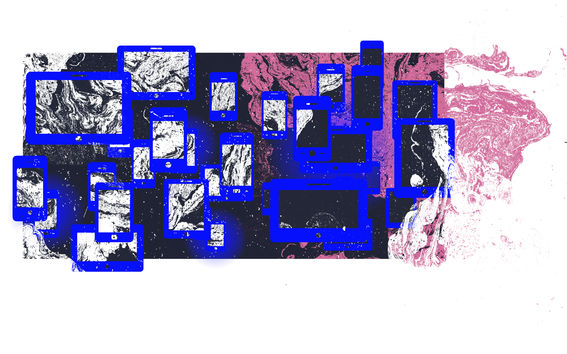General writing guidelines for articles in English
How to write and edit English-language press releases and news.

A news article ― also called a news story or news piece ― presents a topical issue that the university wants to talk about. It should be relevant to society, science or art, and/or of interest to the general public. These kinds of articles promote Aalto University’s position as a leader in research, art, education and innovation. They also cover how research and art can help solve global challenges and improve quality of life.
News stories provide information, inspire, educate and expand readers’ knowledge of the world. They can also be entertaining.
When planning a news story, remember to think carefully about the target audience and where it will be published. This is particularly important for stories with strong international appeal, as the angle and information provided in the English text will likely differ from the Finnish version.
A news headline or title shortly presents the article’s central idea in an interesting and catchy way. It doesn’t have to cover everything but the headline makes clear why readers should continue reading.
News headlines in English are usually written in the active voice and present tense. The best headlines use playful wording to capture the target audience’s attention.
Note that Aalto uses sentence case for headlines and not title case.
News articles always have a subhead (also called a subheadline or subtitle), which complements the headline while concisely providing more information to hook the reader in. Subheads in English should be a single brief phrase. In practice this means that subheads are not necessarily complete sentences and, unlike in Finnish, do not use periods at the end of the phrase.
Since the article appears on the aalto.fi website, it isn’t absolutely necessary to mention Aalto by name.
Summary is a text that will be shown when the news article is lifted up somewhere across the aalto.fi site, but will not appear on your page. Lead text appears on your news page under the heading.
Don't put the exact same content to your lead text as in the summary field, it can affect negatively the findability of your content.
The most common structure for writing news pieces is the inverted pyramid. Following the headline and subhead, the article begins with the most relevant information (who, what, where, when, why and how) framed in an interesting way. The overall text moves from the most important, or highest-level, to least important, or most detailed, information.
Use concise language that captures the essence and feel of the topic. News in English is often more colourful or lively in its use of language than Finnish-language news is.
Avoid using the same formulations in the main text as in the headline and subhead.
Avoid all details that impede readers’ progression through the text; too many specifics make the text hard to read. If you want to include more details, use a fact box at the end of the article.
Remember that news pieces cover what Aalto University, our personnel or students have done. That said, news articles are publicly available and, with the exception of in quotes, should not use ‘we’ or only first names.
Refer to specific schools, departments or research groups in the contact information or a fact box at the end instead of within the main text.
News stories are always based on facts, so ensure that everything is correct prior to publication. Explain and support any strong opinions or claims made. Double-check that all names and numbers are written correctly.
As needed, divide sections of a news article with short, informative headings of a maximum of 5-6 words. Press releases in English do not require headings but they can be used.
Add links to the end of the text. You can also add links within the text but limit their use. If the link points to an external webpage, select the option to open it in a new tab. If it is to an aalto.fi page, do not select that option.
Make a fact box in Drupal using the table tool.
The suggested length for news articles is approximately 400-800 words in English.
Remember to tag the article as needed in Drupal so it appears in the correct hubs on aalto.fi.
Read the general guidelines for writing articles in English. See a news article example, which cathes the reader's attention right from the title on.

How to write and edit English-language press releases and news.

France adopts new keyboard standard created with state-of-the-art algorithm
Learn how to write a must-read interview with Aalto personnel.

This page compiles all Drupal instructions. Drupal is the content management system of the aalto.fi website.
Tips on language usage in Finnish, Swedish and English from the Aalto University translators.
